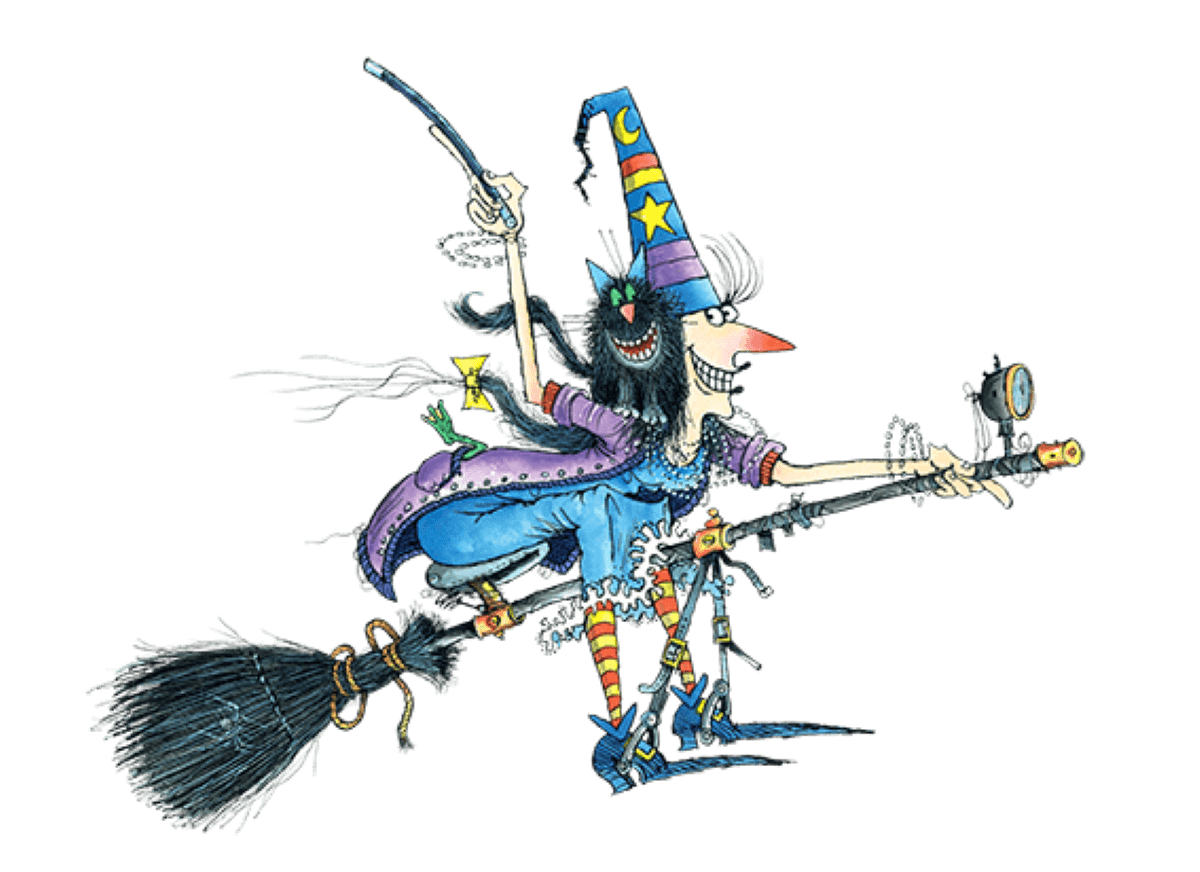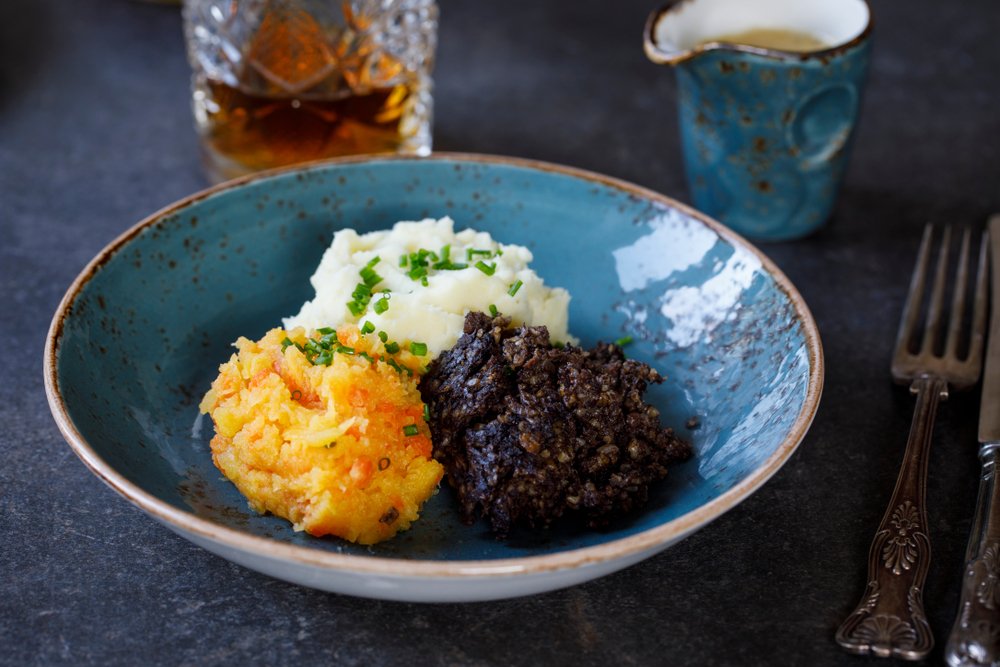Rib Sticking
Happy Halloween! Today all you need to play along are some ribs (your own) and a broomstick.
I know I have some international readers so for their benefit I will briefly explain the current status of life in the UK: interest rates have gone up, energy prices are through the roof and grocery prices are eye watering. Fun times. It is for this reason I am currently advocating Scottish cuisine; being largely root vegetable, oat and offal based, the food is cheap, filling and warming. I am an English import to Scotland but I am learning to embrace the food (offal aside). Porridge is a food from the gods as far as I am concerned and last week we had *Haggis, neeps and tatties at the request of kid #2. I had a vegetarian version, which is about as traditional as an avocado, but I feel it retained the essence of the original, being basically like stuffing and unrepentantly rib sticking.
“Some one . . . hath offred her such Kindnes as sticks by her ribs a good while after” (Wilson, The Bachelor’s Banquet, 1603)
*For the uninitiated, haggis is a mix of oats, barley, spices, suet and sheep offal. Neeps are known as turnips in Ireland, swedes in England and rutabaga in the US. Tatties are potatoes. The neeps and tatties are usually mashed, making the entire meal resemble a starchy- but delicious - glue ball.
Now while I am a huge advocate for rib sticking (and cheap) food, I am not so fond of ribs being sticky to one another due to muscle tension or weakness. Your rib cage as a whole can move but individual ribs can also move via rotation. These rib rotations are key for efficient breathing and movement.
Here are a few reasons you want your ribs to be able to move:
Breathing: To be able to breath in, the volume of the chest (thoracic) cavity has to increase. This occurs through the downward movement of the diaphragm and the rotation of individual ribs.
Downward movement of the diaphragm creates more space at the bottom of the chest cavity, while rib movement creates more space front to back and side to side. For a visual see here. If your ribs don’t move very well, your ability to get in oxygen is not as efficient as it could be.
Core and Pelvic Floor Health: Expanding on #1, there are two main strategies for breathing: ‘belly breathing’ and ‘rib breathing’.
In belly breathing the belly changes shape: on an inhale the abdominal contents move down and outwards to accommodate the downward movement of the diaphragm: the reverse happens on a exhale. In rib breathing, the diaphragm and intercostal muscles (muscles between the ribs) rotate the ribs open on an inhale causing a circular expansion of the rib cage, with less shape and pressure change in the belly.
If your rib mobility is limited, you will be forced to use more of a belly breathing strategy. Belly breathing is very common in those with core and pelvic floor issues and has two consequences. First, your diaphragm descent is greater with each inhale creating a higher than ideal pressure in your core and pelvic cavities all the time: a particular concern for those dealing with any pressure-related issue such as hernia, diastasis recti, incontinence or prolapse. Second, because your abdomen is constantly changing shape with each breath, your abdominal muscles are not as available to help you move or to support your lower back (lumbar spine).
Mobility and Stability of your Spine. Each thoracic (upper back) vertebrae attaches to a left and a right rib. This means that every movement of a rib induces some movement of the vertebrae. In this way rib movement helps keep the upper spine mobile and vice versa. The other side of the spinal coin is stability: developing more of a rib breathing pattern leaves the abdominal muscles available to work as needed to stabilise the lower back (lumbar spine) when you are moving and exercising (see #2).
Bone density of Your ribs. Did you know that rib fracture is the most common osteoporotic fracture in men? Bones need to be pushed and pulled on by muscle or body weight for bone density to be maintained. Ribs should ideally be pushed and pulled with every one of the 20,000 breaths you take each day.
There are many moves to foster more rib mobility but for today I have chosen one sequence with a broomstick that particularly encourages movement of the breath into the back of the ribs as we tend to be particularly ‘sticky’ there. Please as always approach gently and let me know if you have any questions.


